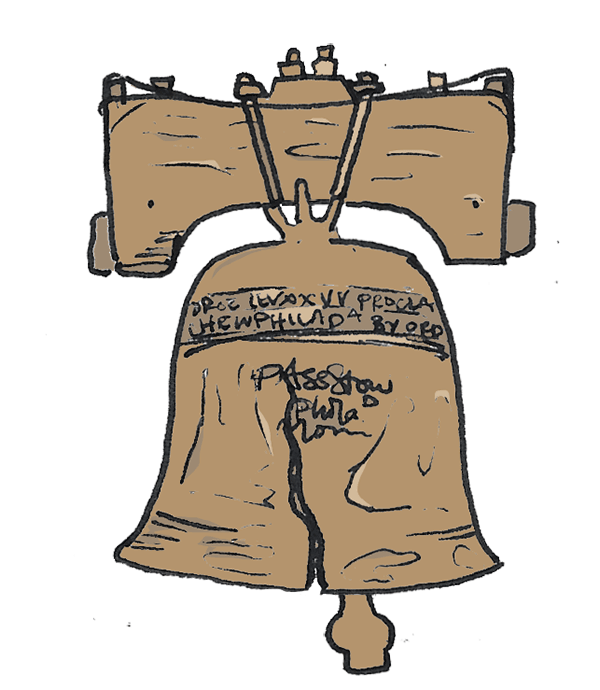The Challenge of Pain and Opioid Use
- Admin

- Feb 16, 2020
- 3 min read
Updated: May 7, 2021
In the three decades I have practiced as a psychiatrist the most difficult and challenging individuals I encountered suffered with intractable chronic pain, opioid substance use disorders and people who lost a child, sibling, parent or friend to opioid overdose and individuals who suffered as a consequence of their encounter with the criminal justice

system. This is not surprising, chronic pain afflicts one in three Americans. More and more individuals suffer with Opioid Use Disorders, including legally prescribed opioids as well as illicitly acquired prescription opioids and heroin. The War on Drugs has been the dominant policy response, devastating individual lives and communities with limited success in achieving its stated purpose of ridding society of drugs. It is clear that a different approach is needed. Fundamental to a meaningful, successful plan to address the challenge is having a clear understanding of the “symptoms” / challenges. Treating individual in the medical setting I relied on developing a problem list that reflected the individual’s symptoms. I realize that unless we address the factors that lead to the problems individual experience, little change will take place. To start with we need to have a problem list of the societal interconnected challenges of the Pain Opioid Epidemic. Here is a problem list derived from the symptoms driving the Epidemic:
1. Pain and its management: Pain is an ever present human condition. The medical profession has a moral imperative to alleviate the suffering associated with pain. For various reasons over, under and inappropriate prescribing of opioids for pain conditions is common. Recently, responding to regulatory and criminal justice activity, the medical community has been going through a profound change in the “Culture of Prescribing”. New guidelines for physicians in primary care have further eroded clinician's treatment choice. Financial incentives, insurance guidelines, Laws and policies impact the ability of individuals to get the Non Opioid based pain relief.






















Comments